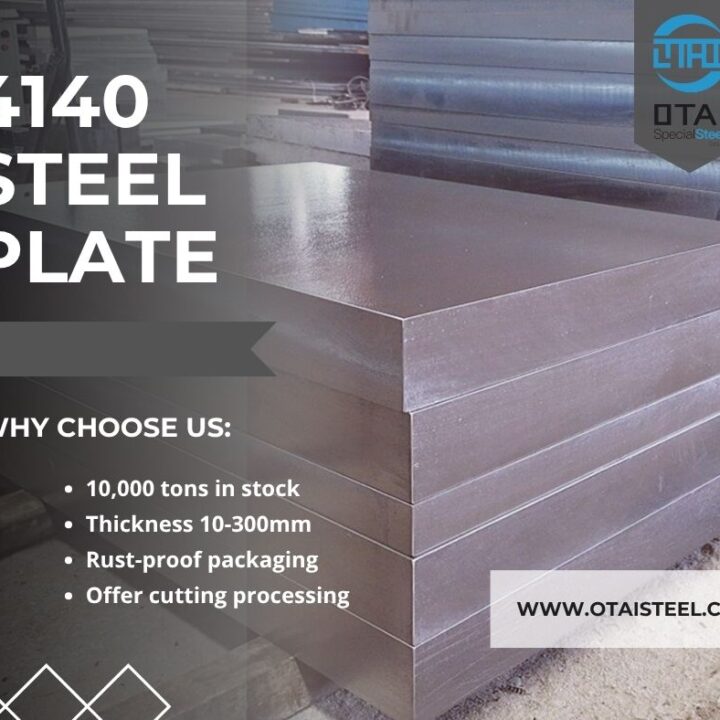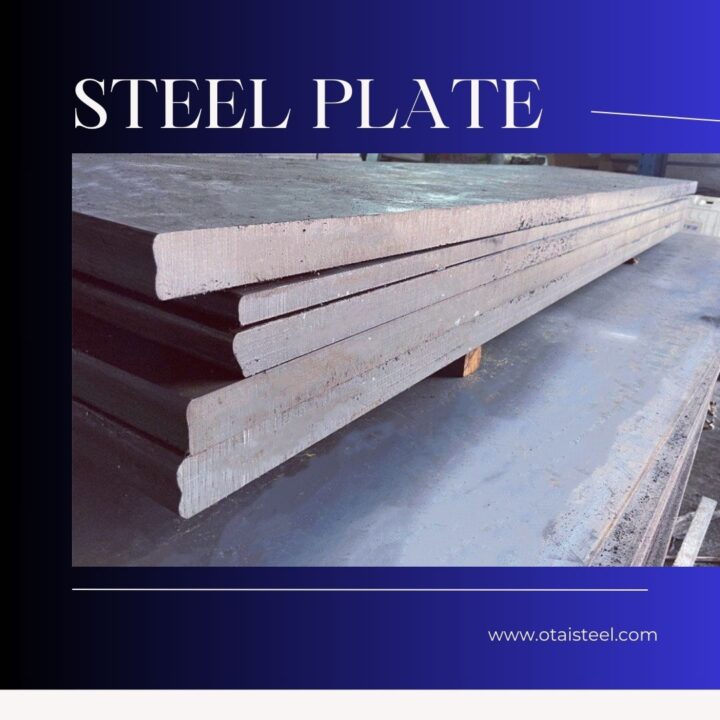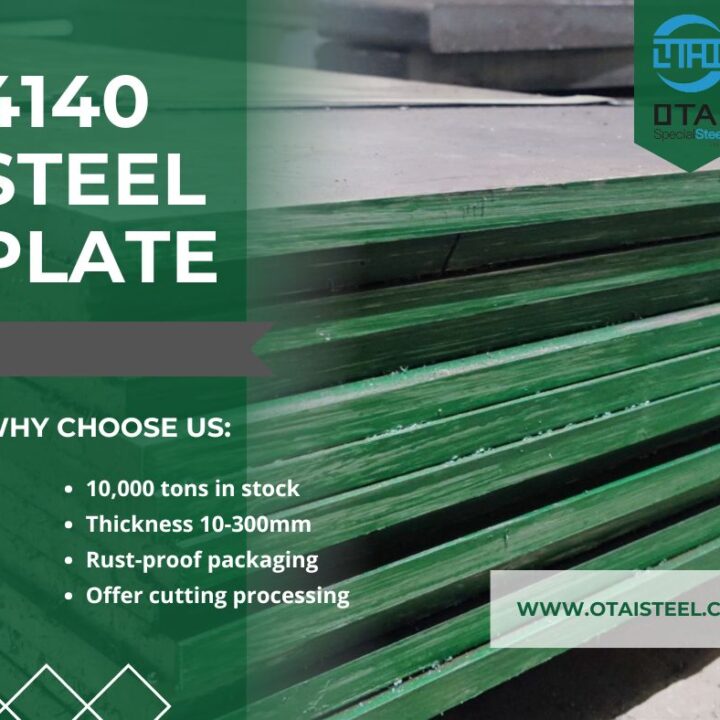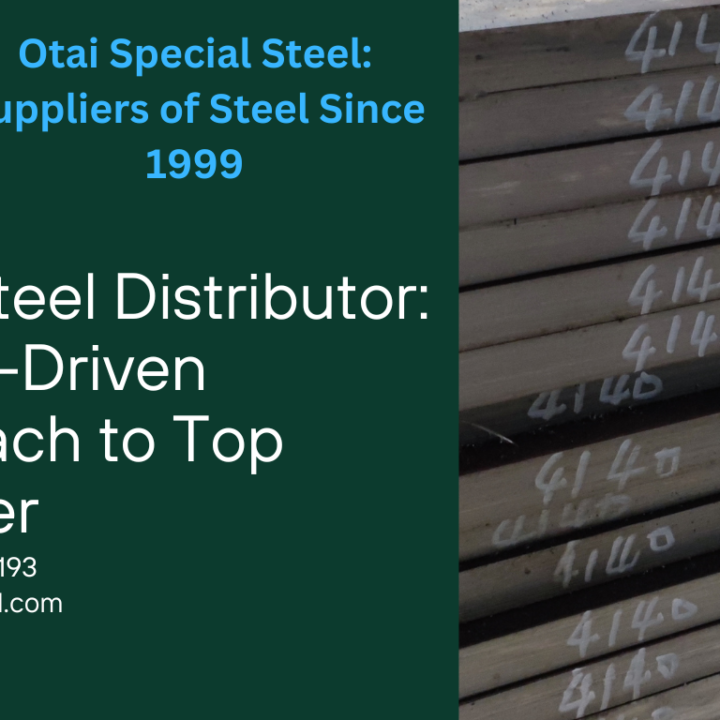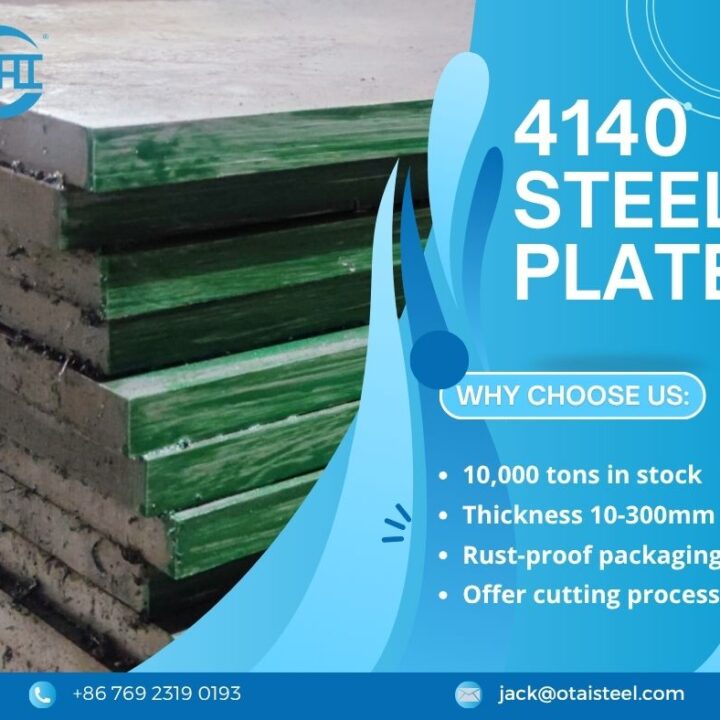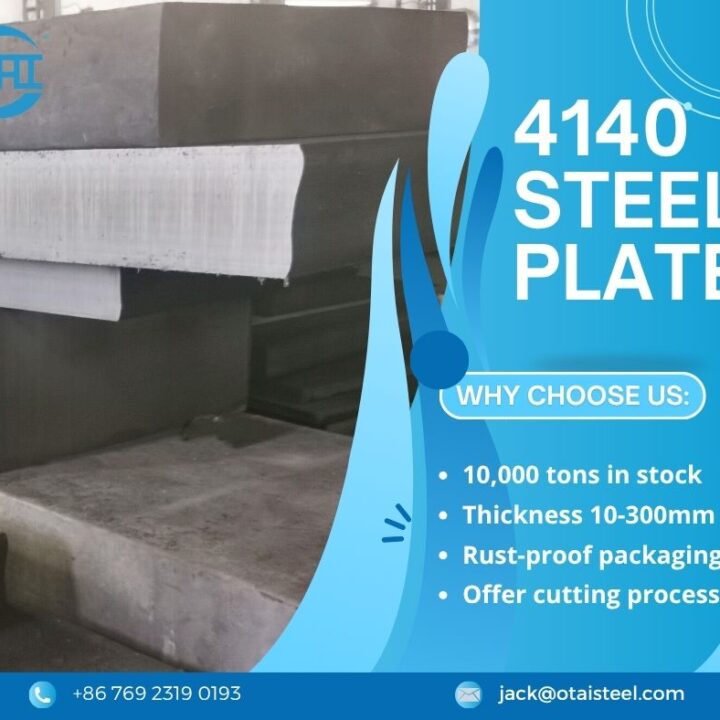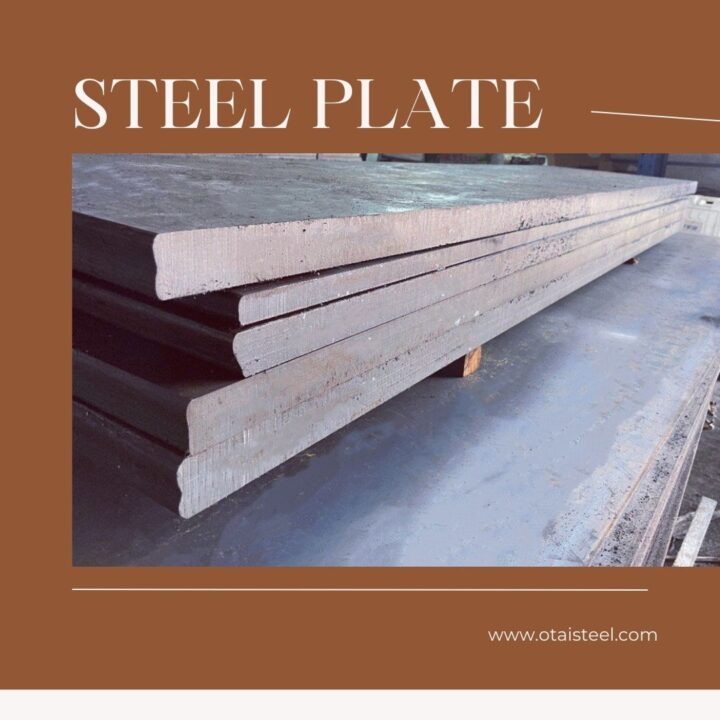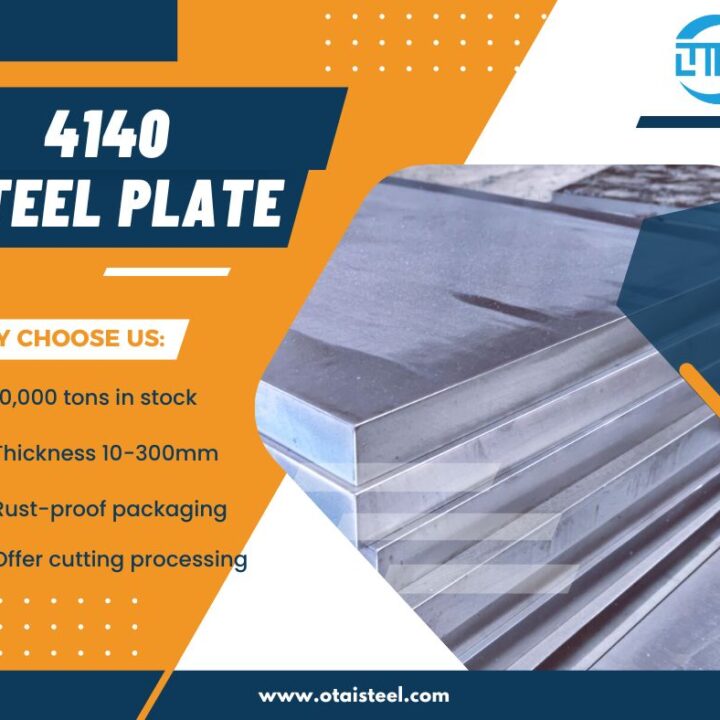H13 steel manufacturing technique-Forging Technology;Cutting;Grinding;electric spark;Heat treatment technology
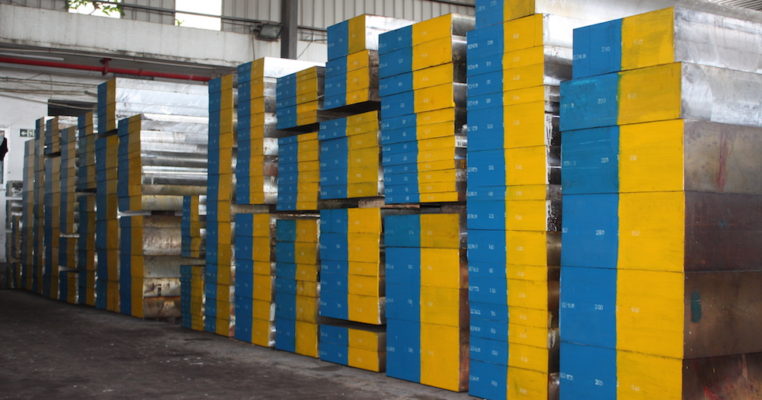
H13 steel manufacturing technique effect the used of steel
Today,I collated some data from the internet,about the which processing will effect the used of steel.
(1) Forging process
H13 steel contains a lot of alloying elements, has a large resistance to deformation during forging, and has poor thermal conductivity of the material. The eutectic temperature is low, and it will overheat if you pay little attention. Therefore, when heating, it should be preheated in the range of 800 ~ 900 ℃, and then heated to the starting forging temperature of 1065 ~ 1175 ℃. In order to crush large non-metallic inclusions, eliminate carbide segregation, refine carbides, and even structure, repeat upsetting and upsetting during forging, and the total forging ratio is greater than 4. During the cooling process after forging, there is a tendency that quench cracks occur, and lateral cracks are liable to occur in the core. Therefore, H13 steel should be slowly cooled after forging.
(2) Cutting
The surface roughness of the cutting process has a great impact on the thermal fatigue performance of the mold. The mold cavity surface should have a low surface roughness without leaving knife marks, scratches and burrs. These defects cause stress concentration and induce thermal fatigue crack initiation. Therefore, during the processing of the mold, the corner radius of the complex part must be prevented from leaving knife marks, and the burrs on the edges of the holes, grooves and roots must be polished away.
(3) Grinding
During the grinding process, local frictional heat easily causes defects such as burns and cracks, and generates residual tensile stress on the grinding surface, which leads to premature failure of the mold. Burning caused by grinding heat can temper the surface of the H13 mold until tempered martensite is formed. The brittle untempered martensite layer will greatly reduce the thermal fatigue performance of the mold. If the grinding surface is locally heated above 800 ° C and the cooling is insufficient, the surface material will be re-austenitized and quenched into martensite, so the surface layer of the mold will generate high structural stress, and the grinding process The extremely rapid temperature rise of the middle mold surface will cause thermal stress, and the superposition of tissue stress and thermal stress will easily cause grinding cracks in the mold.
Next Chapter,I shall organize the rest,the other H13 steel manufacturing process.
Ms Sharon Wan
Mobile/WhatsApp: 0086-13580960968
Tel: 0086-769-23190193
Fax: 0086-769-88705839
Email: Sharon@otaisteel.com
